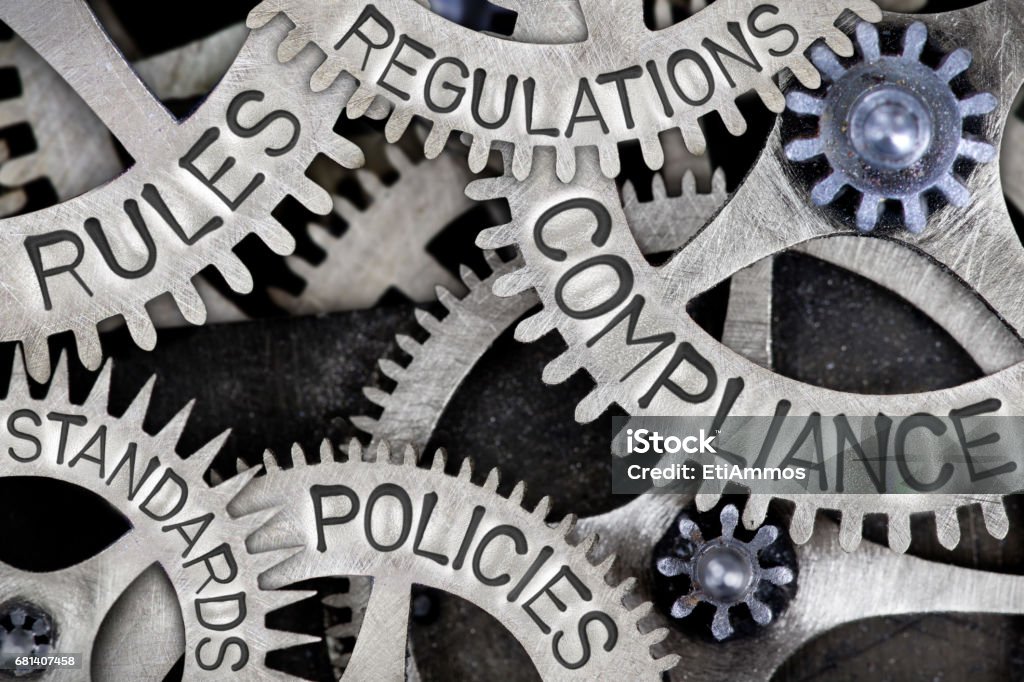In the rapidly evolving world of consumer electronics, Big Data is playing a pivotal role in shaping innovations and enhancing user experiences. As technology advances, the amount of data generated by devices increases exponentially, providing manufacturers and developers with invaluable insights.
In this article, TheTechKingdom will take us on a dive into how Big Data is being harnessed in the consumer electronics industry to drive innovation and create more personalised user experiences.
Big Data in Action
In today’s tech-driven world, Big Data is a game-changer for consumer electronics, extending its influence from ubiquitous smartphones to advanced smart TVs. Here’s how Big Data is making waves across various devices:
- Smartphones: Mobile devices collect vast amounts of data on user behaviour, location, app usage, and more. Manufacturers analyse this data to understand user preferences, which in turn influences the design of new features and improvements in user interface and battery life.
- Smart TVs: These aren’t just for streaming your favourite shows anymore. Smart TVs now gather data on viewing habits, allowing content providers to tailor recommendations and advertisers to personalise ads, enhancing user engagement and satisfaction.
- Wearable Devices: Devices like smartwatches and fitness trackers gather health metrics such as heart rate and activity levels. This data not only helps users monitor their health but also provides manufacturers with insights to enhance product functionality and integration with health-related apps.
- Home Assistants: Devices like Amazon Echo and Google Home learn from every interaction, improving their ability to respond to voice commands and personalise services. This data helps refine algorithms that predict user needs and preferences, from playing music to managing home security.
Personalisation and Efficiency
Big Data is not just about gathering information, it’s about transforming it into actionable insights that enhance personalisation and efficiency for users of consumer electronics. Here’s how it shapes a tailored user experience:
- Customised Content: Big Data algorithms analyse user behaviour patterns to customise content across devices. For example, streaming platforms use viewing histories to suggest shows and movies, enhancing the user’s experience by making it more relevant and engaging.
- Adaptive Interfaces: Consumer electronics, such as smartphones and smart TVs, use data to adapt their interfaces to suit individual preferences and usage patterns. This might involve adjusting menu layouts, predictive text features, and even the functionality available at any given time.
- Efficient Operations: Devices now optimise their operation based on user habits to conserve energy and extend battery life. For instance, a smartphone might learn when it’s typically in use and reduce power consumption during expected downtime.
- Proactive Maintenance: Big Data enables devices to predict when they might need maintenance before an issue becomes a real problem. This predictive maintenance means devices can alert users to potential issues early, reducing downtime and improving overall efficiency.
Privacy Concerns
As consumer electronics continue to integrate Big Data into their functionalities, privacy concerns naturally arise. Here’s how the industry is addressing data security and user rights:
- Encryption: Many devices now encrypt data both in transit and at rest. This means that data sent from your devices to cloud servers, and data stored on your devices, are converted into a secure code that prevents unauthorised access.
- User Consent: Companies are increasingly transparent about their data usage policies, often requiring explicit user consent before collecting data. This helps ensure that users are aware of what data is being collected and how it will be used.
- Regular Updates: To keep security measures effective against evolving threats, manufacturers regularly update the software of their devices. These updates include patches for newly discovered security vulnerabilities.
- Data Minimisation: Firms are adopting practices that limit the collection of data to what’s strictly necessary for the functionality sought. This minimises the risk and impact of data breaches.
- Anonymisation: Where possible, companies anonymise the data collected, which means stripping away personally identifiable information so the data cannot be linked back to an individual.
Emerging Trends
The integration of big data into consumer electronics is not just enhancing current technologies but also paving the way for groundbreaking innovations. Here are some of the key future trends driven by big data in the consumer electronics sector:
- Predictive Personalisation: Future devices will not only understand user preferences but also predict needs based on big data analytics. This could mean smart refrigerators that order groceries before you run out, or entertainment systems that suggest content based on your mood and past behavior.
- Enhanced Virtual Assistants: With advances in big data, virtual assistants like Siri, Alexa, and Google Assistant are expected to become more intuitive and capable of handling complex tasks with better context understanding, turning them into truly personal assistants.
- Smart Health Gadgets: Leveraging big data, future wearable devices and health monitors will provide more accurate and personalised health insights by analysing vast amounts of health data across different populations.
- Autonomous Devices: From vacuum cleaners to cars, big data is driving the shift towards more autonomous systems that can operate efficiently without human intervention by learning from vast datasets of environmental interactions.
- Energy Efficiency: Big data is enabling consumer electronics to be more energy-efficient by optimising power usage patterns based on usage data analytics, contributing to environmental sustainability.
Thank you for taking the time to read our exploration of the impactful role of big data in consumer electronics. As we’ve seen, big data not only refines our everyday gadgets but also sets the stage for future innovations that promise to transform our interaction with technology.



